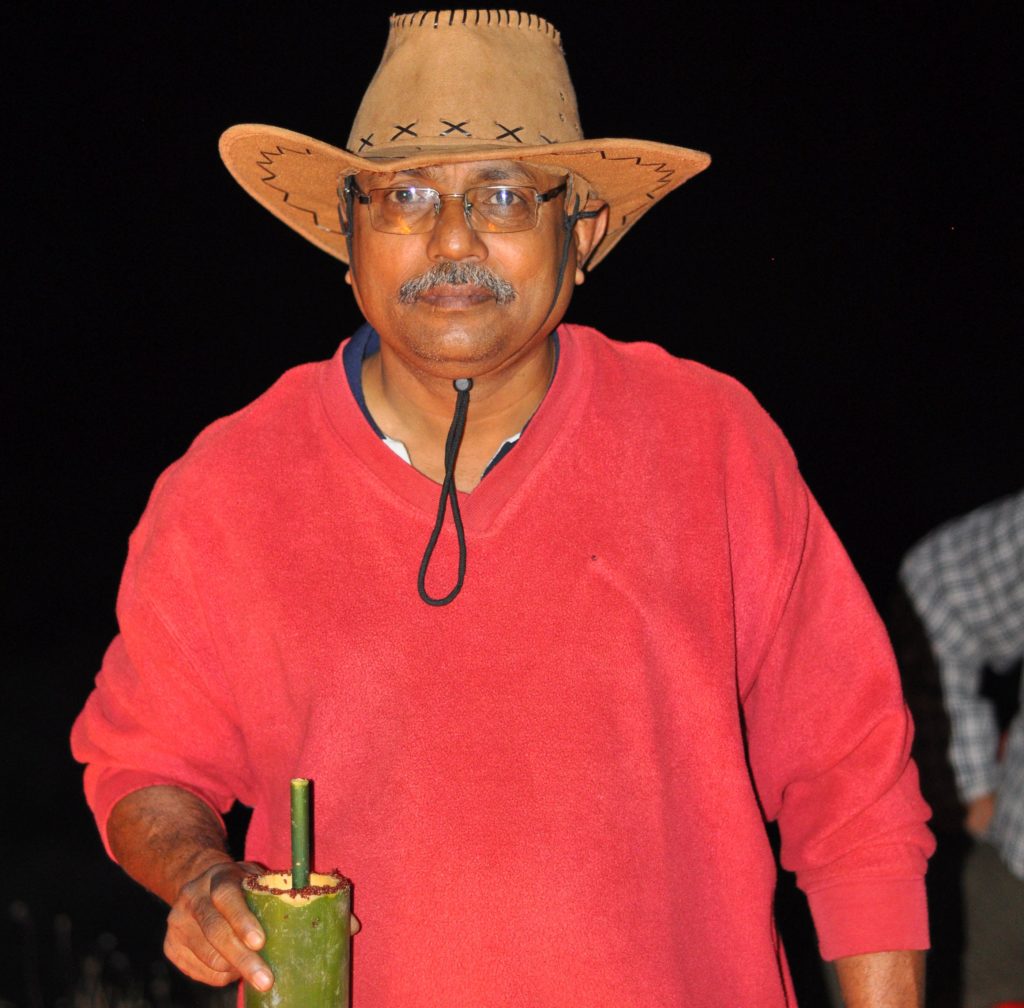
Communities in the Himalayan region prepare an intoxicant as part of their prayer ritual. For the Himalayan folk, their drinking sessions are as important as their daily prayers. This spirited ritual always begins by offering a few drops of their drink to their Gods and ancestors. Alcohol, love or hate it, is one of the oldest human habits with strong linkages to the social fabric in all societies at one point or another. In most geographical areas, it has continuously maintained its strong status as an important part of local culture and daily livelihood. Oldest confirmed records show ancient China has been consuming alcohol since last 9000 years at least. Thanks to the availability of ingredients and simple enough process of making them, alcohol has been made and consumed everywhere in the globe for much of history. Nearly every tribe, village, state, and civilization has tailored such beverages to their own preferences.
A lot of precision and patience, care and a keen sense of timing go into the preparation of their blends. It takes several months of drying, smoking, fermenting and filtering before it is poured into a bamboo shoot, sipped with a bamboo pipe or into a simple glass to be consumed. Served at room temperature, these brews leave behind sweet, malty and spicy memories on the palate.
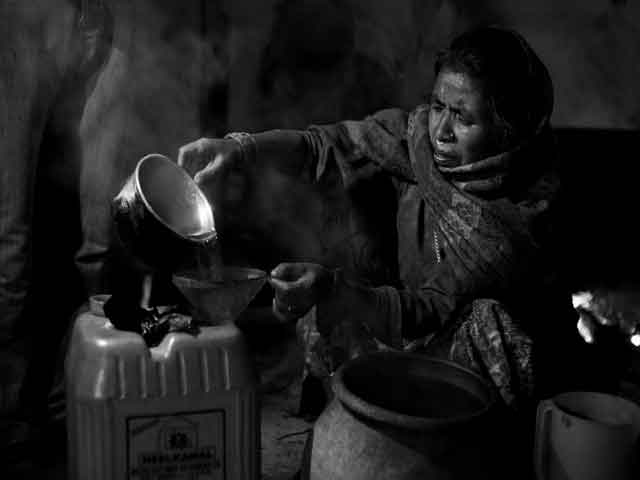
Every community in the Himalayan region has its own unique intoxicant, a concoction made from fermented rice, barley or millet, sometimes mixed with herbs and sometimes not. The Adis of Arunachal Pradesh relish their Apong, a local rice beer with different flavours. The Chang, ‘hot beer’ made by fermenting millet, using yeast is Sikkim’s heartbeat.
Tongba is a millet-based alcoholic beverage found in the eastern mountainous region of Nepal and the neighbouring Darjeeling and Sikkim. It is the traditional and indigenous drink of the Limbu people of eastern Nepal. Tongba is culturally and religiously important to the Limbu people of eastern Nepal. Taplejung is the ultimate destination for drinking Tongba. Offering Tongba is a symbol of respect to a guest among the Limbu people and also an important drink for special occasions and festivals.
Zutho is a drink invented by the ‘Angami Naga’ tribe of Nagaland. The Nagas are so secretive of their recipe that no one outside the tribe knows the process of brewing this rice wine. People who have tasted it called it a rural version of the Japanese Sake (a Japanese rice wine). A frothy drink with a sweet and sour taste often served in bamboo glasses – it never fails to bewilder anyone who tastes it.
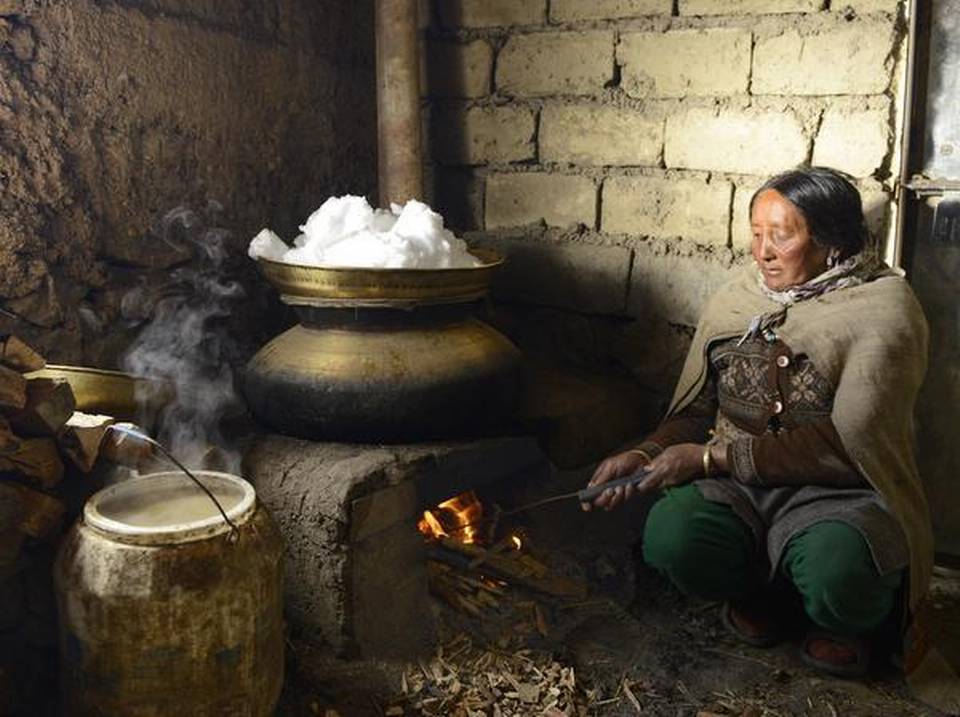
Xaj is another beer recipe from NorthEast India which you won’t find anywhere else in the world. It is made of fermented rice and a mix of rare species of herbs. Xaj is the drink of the ‘Ahoms’. It is told in the folktales that a newborn is dipped in this beer to ward off evil spirits and bring good luck to the child. Guests are often welcomed with Xaj served cold in copper vessels.
Zawlaidi is a locally brewed grape wine. ‘Zawlaidi’ got its name from a magic love potion, which is believed to possess the power to enable anyone who used it to make another person fall in love with him/her. The winery is present in a small village Hnahlan in Champhai district of Mizoram. Currently, it is aspiring to be the largest wine producer in India.
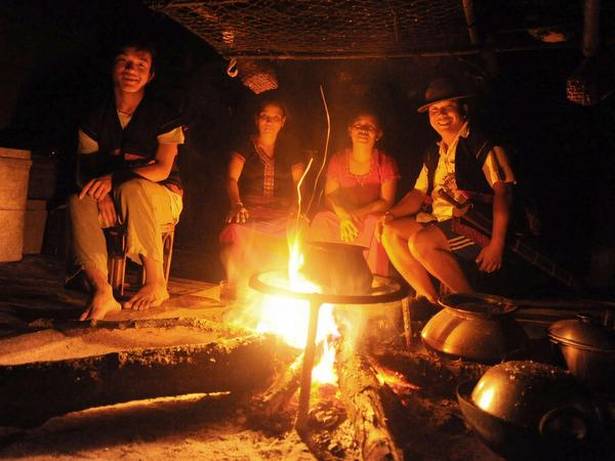
Kiad um This popular local beer is an integral part of the social and cultural life of the ‘Pnar’ tribe of Jaintia hills district. Meghalaya’s own take on the traditional beer contains 70% of alcohol and is triple-distilled. It is served in tall bamboo tumblers with a charcoal piece at the bottom to preserve its tart. It was introduced around 1800’s as a medicinal remedy for cuts and wounds. Till date, it is given to newborns for them to grow in strength. But sadly enough the local brewers are not encouraged to produce Kiad and they often face police raids.
Sekmai Yu in Manipur is popular for its singular flavor among the rice wines, it got its name after Sekmai, a Manipuri town. It is considered a specialty of the Meiti community of Manipur. On completion of the arduous task of processing this rice wine, it tastes as smooth as vodka. Sekmai Yu is not only popular in the North-eastern states but also is a sought after a drink in many other parts of India.
Chuwarak is a distilled variant of alcohol from the Land of Fourteen Gods. Apart from preparing it from rice, it is also prepared from pineapple, jackfruit and local ingredients like ‘tokhiseleng’ leaves and ‘thakotor’ leaves. It is said that Tripuri alcohol is the safest in the world as no death due to its consumption has been reported. Recently, European style wine breweries are also growing rapidly in different parts of North East India where different flavored wines are produced, ranging from wild berries to coffee. However, these brewers use a method of brewing created through an educated combination of both indigenous and European brewing methods.
‘Soor’, the most celebrated elixir, overflows at every communal gathering of the Jaunsaris and the Parvatis of the Tons Valley in Uttarakhand. It is made from keem, a cake prepared from the roots, leaves and flowers of the local florae combined with fruit pulp, barley or finger millets and kept aside to ferment after which the distilled ‘soor’ is collected in a pot. For the Himachali, it is ‘Lugdi,’ a very crude local beer that is made from sour barley or rice. The sweet-sour frothy beer ‘Chhang’ presides over every function in Ladakh and is famous among the people of Sikkim too.
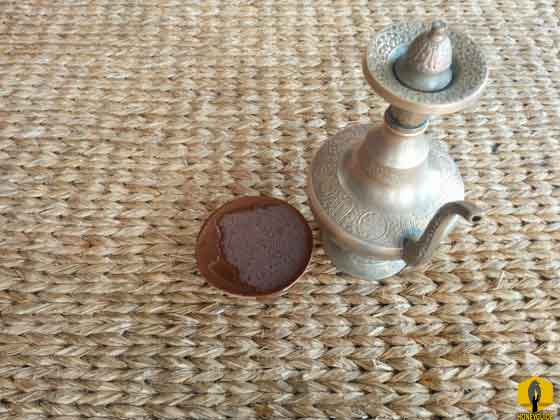
Dried wild apricots and apples are used in the transparent ‘Chulli,’ very popular among the Kinnauris. The enophiles of the Ribbu region of Kinnaur adore their ‘Anguri’ a potent wine made from red and green grapes.
Araq is a favourite among the simple mountain people of the Spithi Valley. The boiled rice or barley, stored in huge containers for many months is mixed with water. After another month, some of this Chang is taken in a big vessel inside which another vessel is placed to collect the araq through a process of condensation. It is covered with yet another hollow vessel, which is filled with chunks of ice and kept over a low flame for nearly three hours.
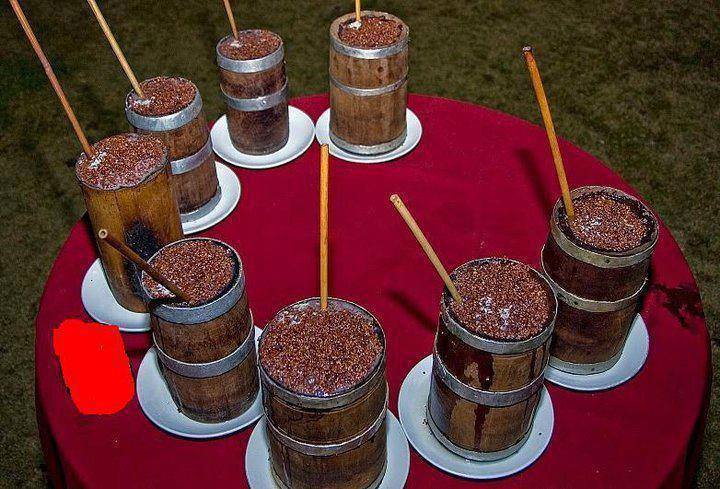
Ara, or Arag is a traditional alcoholic beverage consumed in Bhutan. Ara is made from native high-altitude tolerant barley, rice, maize, millet, or wheat, and may be either fermented or distilled. The beverage is usually a clear, creamy, or white color. Ara is most commonly made from rice or maize at private homes or farms. Ara may be either fermented or distilled, and in Bhutan is only legally produced and consumed privately. Ara production is unregulated in both method and quality, and its sale is prohibited in Bhutan.
Raksi today is a generic name for all alcoholic beverages but once it referred to a specific type of alcoholic beverage. Probably distorted by bad translation, when westerners say Raksi, to Nepali who may not work in touristy restaurants, the term can be misleading. The specific beverage in discussion here is more commonly recognized as Kodo ko Raksi (direct translated to ‘alcohol made from millet’) or Arak. Like all in the list, this too is generally moonshine. From the eastern border with India to regions just west of Pokhara, the beverage is common and brewed in thousands of homes but mostly for in-house consumption.
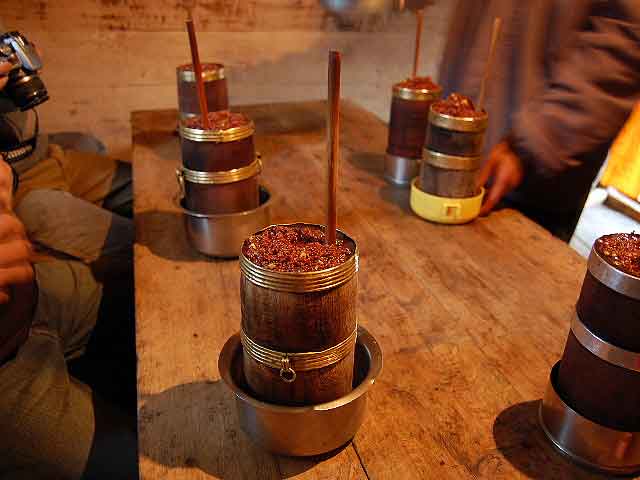
Aila is the most potent of any alcoholic beverage found in Nepal. High alcoholic content is immediately revealed by the unmistakable odor. Water clear in appearance, it tastes very much like a good quality Baiju. It’s brewed from millet and then distilled. In good taverns or restaurants that feature Aila, choices are offered among single, double and triple distilled, locally referred to as ek pani, dui pani, tin pani respectively.
“Rocket Fuel” or “Lighter Fluid” seems to be natural and common verbal reaction of westerners who sample it.
The alcoholic beverages of the Himalaya have medicinal properties as well. Besides keeping the body warm, they are a great cure for cold-related ailments and fever.
https://www.dreamwaydestinations.com & https://www.visittobengal.com